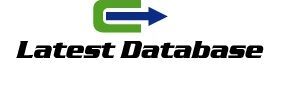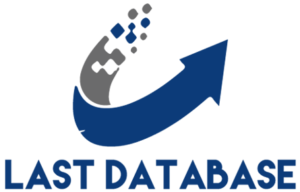By now, you have a solid understanding of what a sales pipeline is and a set of valuable tools and techniques to optimize your sales pipeline. Before you dive into closing deals, there is one more tool we want to provide you with: tracking your progress.
The Importance of Tracking Progress
Tracking your sales pipeline activities is essential to your success. If you are consistently exceeding your sales goals, you may question the need for pipeline tracking, but it may be time to raise your expectations. On the other hand, if there is room for improvement, implementing tracking can be extremely helpful. With effective tracking, you can identify areas that need attention, discover hidden potential, and address any issues before they become dataset insurmountable.
What Should You Pay Attention To?
Think back to the four key levers we talked about: the number of deals in your pipeline, deal sizes, your success rate, and your deal closing rate. These four aspects are critical to track. However, trying to track too many variables at once can dilute the value of the information. It’s a good idea to focus on one to three metrics at a time. Start by monitoring the aspects that have the biggest impact on your sales, such as tracking how many new deals are added daily or weekly if you don’t have enough leads in your pipeline.
In some scenarios, it is important to track the number of meetings or demos and the number of new deals, especially for fast-growing companies. Other types of businesses may prioritize tracking repeat sales or resale volume.
Precise Tracking Methods
When tracking your pipeline, precision is important. Clearly nder sms campaigns define your tracking parameters to maximize the effectiveness of your efforts. For example:
- Product demos: Determine whether they only include new usa lists leads or also approaches for follow-up meetings.
- Does a call that leads to a call back next week count as one call?






